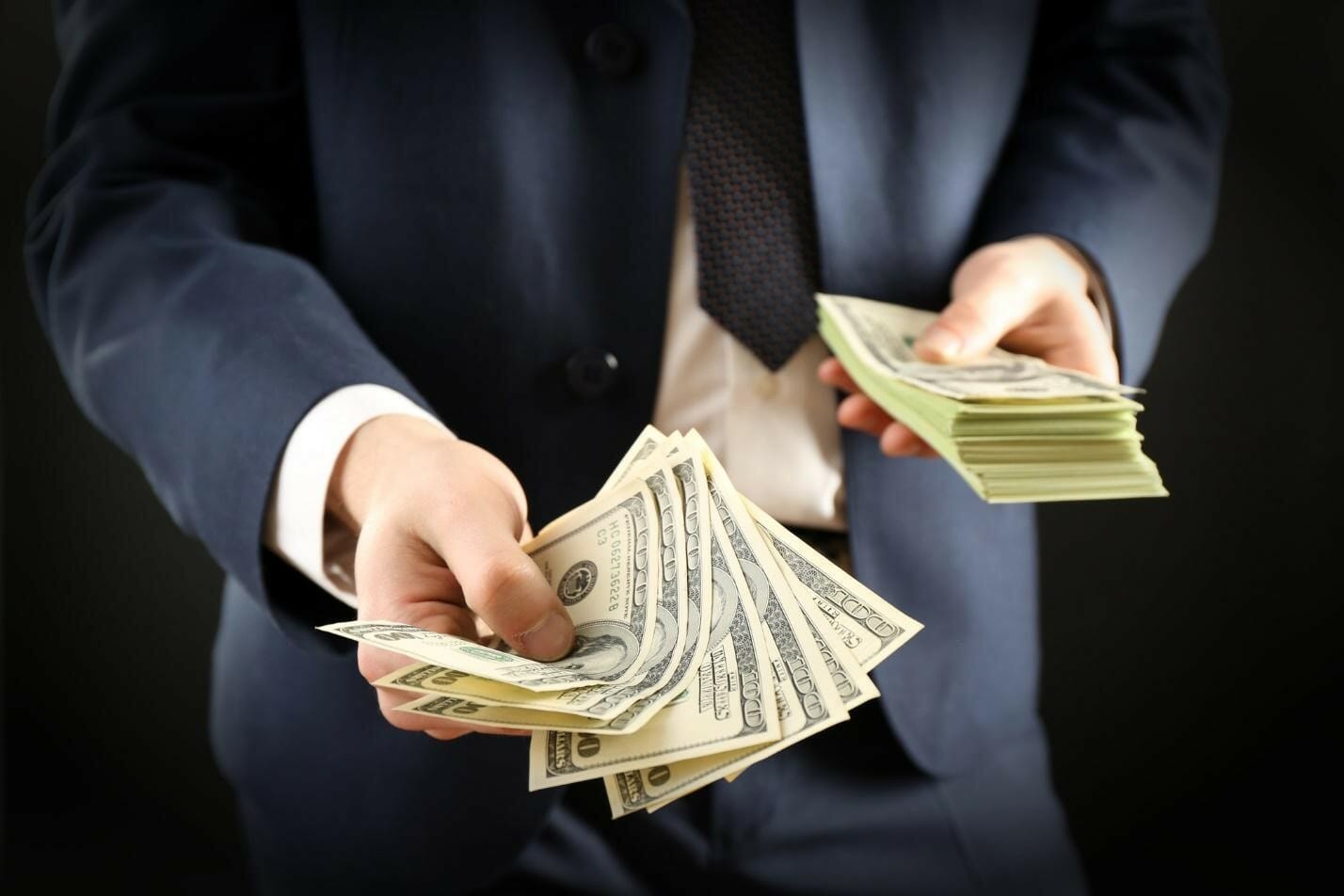You can borrow money against your next pay check using payday loans and other online cash advance services to take care of your immediate financial demands. However, these services might be more detrimental than beneficial due to their high borrowing charges.
Payday loan APRs routinely exceed three figures and, in some circumstances, even four figures due to a patchwork of state-level regulations that govern annual percentage rates for short-term payday loans. According to the Federal Reserve, the average APR for credit cards thus far in 2020 is 15.09%.
Traditional payday loan usage has been declining in recent years, but a new generation of app-based cash-advance lenders is filling the gap. Consumer advocates are concerned that when salaries decline, more people may turn to exploitative financial services.
People turn to them because they don’t have enough money. However, she claims that if you work fewer hours, neither an advance nor a loan will provide you with additional funds. It only worsens next week.
Some consumers view them as their only choice in difficult financial situations, notwithstanding the risks. Here are all the things to think about before applying for a payday loan or utilizing a cash advance app, as well as funding options and money management tips to help you steer clear of both.
Cash Advance vs. Payday Loan
From the standpoint of the consumer, there are more similarities between payday loans and cash-advance services than differences. By giving you the option to borrow money that you can repay from your next paycheck, both services promise rapid cash when you’re in a pinch.
Saunders notes that payday loans are infamous for having high annual percentage rates and claims that the pricing is a major difference. But it’s important to consider the “tips”—the fees and gratuities frequently requested in exchange for earned-wage services.
Traditional payday loans have a troubled past in the United States. By passing laws that outline the maximum financing costs and permitted loan term lengths, legislators have tightened and loosened constraints on lenders over time.
Payday loans are still allowed in the majority of states, despite regulatory measures to restrict them. Additionally, some states still need clear interest caps.
However, app-based cash advance businesses are a relatively new idea. These services, which are frequently offered by fintech firms rather than conventional payday lenders, are also known as earned-wage, early-wage, or payroll advances.
The majority of significant suppliers, such as Earnin, PayActiv, and Dave, have emerged in the previous ten years.
Earned-wage advance firms like Earnin and Dave ask users to tip on their “free” cash advance rather than collecting loan financing costs. Dave advises a tip between 5% and 15% of the entire advance, while Earnin suggests tips in cash amounts up to $14 per advance. PayActiv advertises itself as a payroll benefit to employers and earns money via membership and service charges.
The most economically challenged populations are drawn to payday lending. According to the Federal Deposit Insurance Corporation’s most current survey data, more than 8.9 million American families used alternative financial services, such as payday loans, in the last 12 months, and they are disproportionately lower-income earners (FDIC).
According to consumer protection organizations, many uses payday loans and payroll advances for the same reason: they don’t have enough money right now and need assistance to get by for the next few weeks.
Consumer advocates frequently refer to this as a dangerous “debt trap” or “cycle of debt” because the advances or loans do not assist; rather, they serve to fuel it.
You’re extremely likely to have a hole in your next paycheck if you run out of money and borrow against it. It will be difficult to go through the following pay period without borrowing again because of that.
Both payday loans and earned-wage advances may have that escalating impact.
Understanding Payday Loans
31 states permit payday loans, according to nationwide statistics gathered by the Consumer Federation of America. The remaining 19 states and Washington, D.C. have laws that explicitly or inadvertently forbid two-week, high-interest loans known as “payday loans” in the classic meaning.
Maximum APR Permitted By State For Payday Loans
Nevertheless, four states do not have any interest rate restrictions, and Missouri allows a 1,950% APR for a $100, 14-day loan.
How does a payday loan’s APR get to such a high level? Math is everything. APR takes into account time as well as simple percentages. For instance, a customer in Missouri might be short on funds and in need of a two-week loan to get them by.
When payday arrives, the lender will deduct a $75 fee on the $100 they withdraw today. It could seem like the interest rate is 75% at first sight. That is because time is not taken into account.
Annual percentage rates should be used to calculate the true cost of payday loans. Because the loan term is so brief, a seemingly low borrowing cost could cause the APR to soar.
Consumers in need of quick cash are frequently targeted by advertisements for payday loans, which are typically simple to obtain in comparison to other financial services. In many circumstances, consumers can obtain acceptance with just an ID, income documentation, and a bank account.
Credit checks are frequently skipped by lenders, who swiftly accept applications. Although the quick cash may seem like a fix, it often leads to a cycle of dependency. Consumer activists advise against using them altogether or only as a last option.
Payday loan and predatory debt researcher Charla Rios of the Center for Responsible Lending noted in an email that research has repeatedly demonstrated that there is more harm than good associated with this product.
Although that is common knowledge for many consumers. They are therefore using fintech substitutes as a result.
What You Should Know About Cash Advance Services and Apps
Consumer groups claim that the two most well-known cash advance apps, Earnin and Dave, portray themselves as better options to predatory payday lenders—the good guys. They are currently employing marketing to appeal to consumers and potential borrowers as the friendly neighbourhood figure.
For instance, Earnin provides advances in the range of $100 and $500. Users must submit a lot more personal information than they would for a payday loan in order to be approved for an advance. For Earnin to be able to assess pay history and other parameters, users must grant the app access to their bank accounts.
The app monitors user GPS data during the duration of an approved advance to make sure a borrower is indeed traveling to their employment. The advanced sum is then immediately taken out of Earnin accounts once payday arrives and the direct deposit stops. No enthusiasm. No costs.
What then does Earnin gather? Gratuities range from 0 to 14 dollars per advance. However, the term “voluntary tips” might mislead customers.
For instance, the phrase “tipping” may evoke images of gratuities and business etiquette related to the service sector rather than predatory APRs. Tipping on a cash advance is significantly different from tipping your Postmate for prompt delivery.
Saunders focused on the term “voluntary,” which is different. In reference to a practice that Earnin stopped utilizing, Saunders remarks, “In the past, it hasn’t turned out to be so voluntary.”
The New York Post reported that as recently as September 2019, Earnin would only give advance payments to New Yorkers who left tips. According to The Post, Earnin stopped the practice because the New York Department of Financial Services was conducting an investigation into it (NYDFS).
The NYDFS opened an investigation into Earnin and other earned-wage lenders in March 2019 to see if they were breaking small-loan rate limitations. 10 states and Puerto Rico joined the probe by August 2019.
Investigators and detractors contend that the tip might exceed statutory restrictions on predatory lending and violate them. The National Consumer Law Center stated in research on earned-wage advances from March that “a $100 advance taken out five days before payday with a $5 fee or ‘tip’ is comparable to an annual percentage rate of 365%.”
Despite any potential APR difficulties, Rios and Saunders caution that payroll advances might create a debt cycle similar to that of payday loans.
Earnin declined to comment on the frequency of tips or advance requests from users, or how tips stack up against predatory lending APRs.




